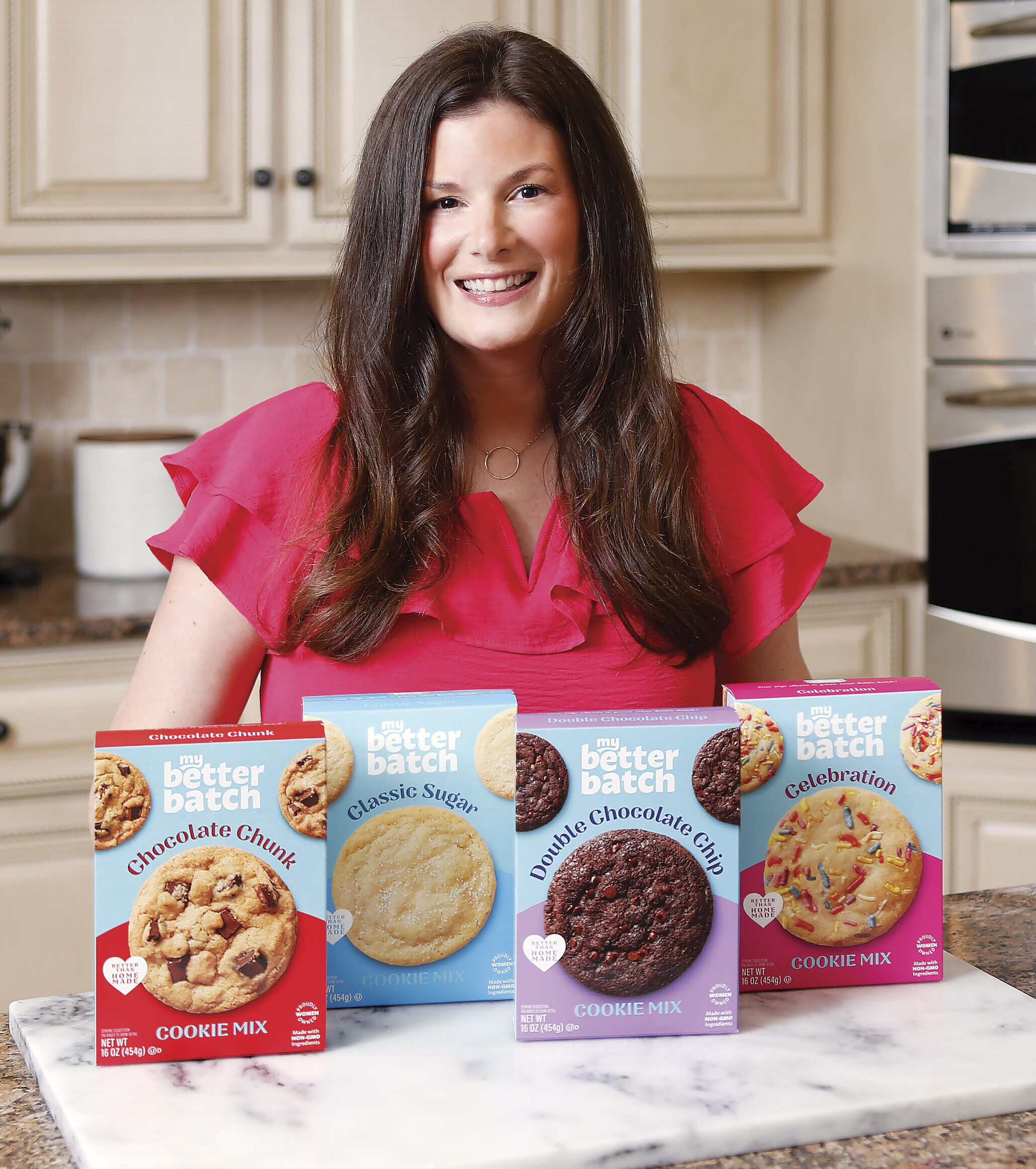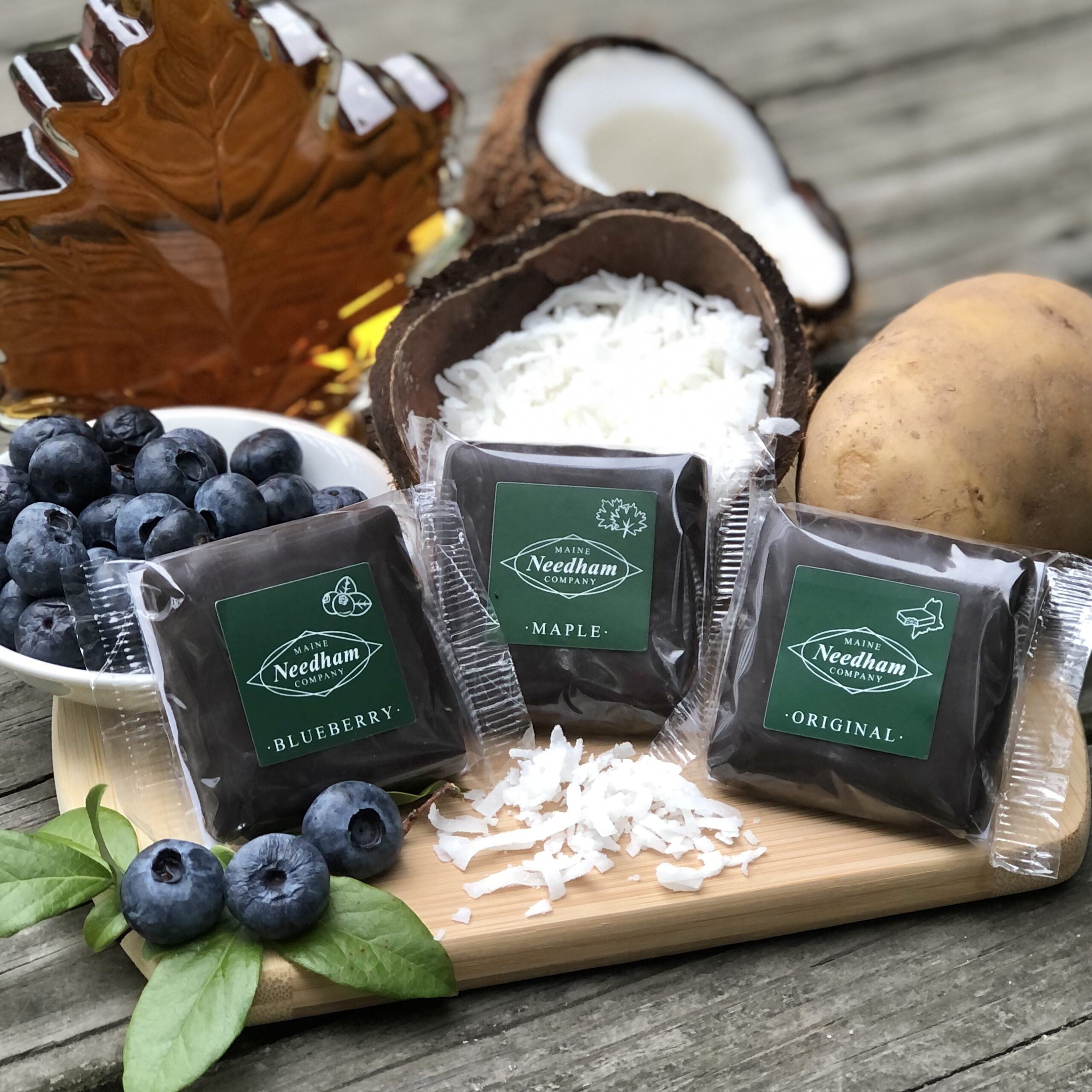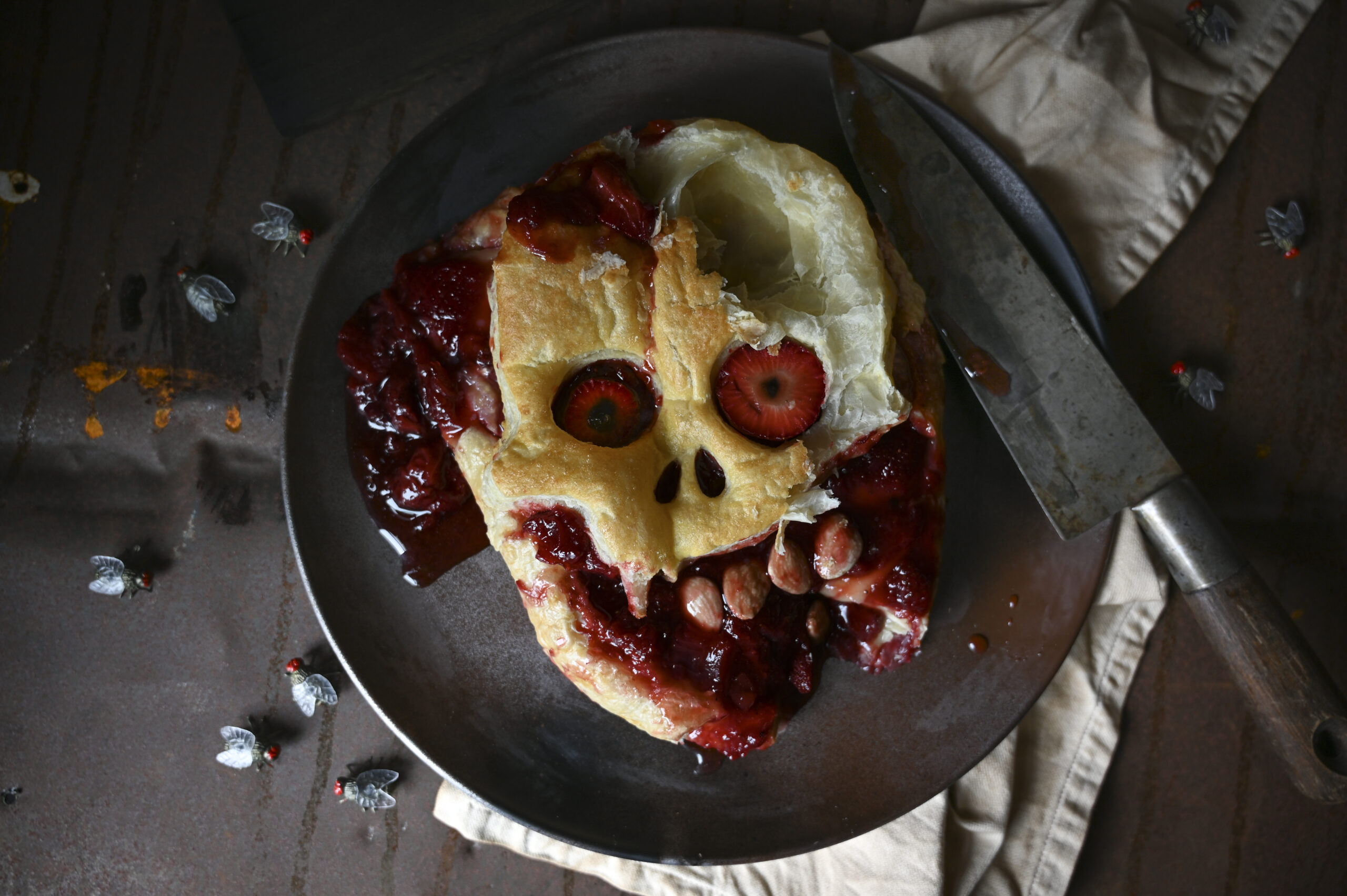
Amy Cohn, like most of us, enjoys a sweet-tasting treat. Especially a cookie. But when she found herself battling cancer in 2022, she realized there needed to be healthier yet tasty options out there for others who were suffering from chronic conditions like her. Armed with a team of trusty experts, loads of research and many, many batches of test-tasted cookies, Cohn has nailed her recipe for success with Joydays. Named as one of the Best Products of 2023 by Food & Beverage Magazine and Best Back to School Snacks by The Today Show – Best Back to School Snacks of 2023, Joyday is bringing the joy back to healthy snacking one cookie at a time. Beyondish spoke to the founder about her journey, the cookie business and finding simple joy in the day.
Your story is inspirational. You’ve overcome cancer and created a successful, healthy cookie business. Can you tell us what this journey has been like?
Being faced with a cancer diagnosis is hard and it does challenge your worldview, seeing the inequities in healthcare and access to help prevent those is enlightening. The first step to habit change is always what is accessible on food shelves, and this seemed like a great place to start. Building a food company is harder than I expected. I had a completely different career before this, where every problem could be solved by a computer. With food that’s not the case. You are faced with many challenges that require a different muscle and are not quickly solvable. Building a food and beverage business is like constantly working on a really hard thousands-piece puzzle at all times.
Why was it so important to create these delicious, yet healthier versions of a beloved treat?
We actually polled thousands of people with diabetes and asked what do you miss most? The first answer was cookies. So we decided to re-invent the leading commercial cookie to be not only healthy, but also to have the function of being blood sugar friendly. A combination of low natural sugars, high in fiber and low glycemic ingredients does that. With a 95% increase in type 2 diabetes diagnosis in kids under 16 years in the last 10 years, we know this is an important and worthwhile endeavor.
I read that you experimented with upwards of 168 different recipes until you finally hit the “sweet spot” with the recipe you have now. How did you know you had finally found perfection?
It took quite a while of R & D (research & development) to get there, because when you remove all of the things that make a cookie a ‘cookie’ and replace those things only with natural ingredients, it’s a tough challenge. Regular sugar acts not only as a sweetener but it’s also a binder of ingredients, texture, mold repellent and also gives a cookie the browning factor. We currently use monk fruit, allulose (from figs) and date paste as the sweetener (which was hard to find the right ratio). We are experimenting with new sugars, but it was important for us not to use sugar alcohols or other sweeteners like Stevia, which can often give an aftertaste.
Starting a business is challenging, especially a small, niche food business. What have been the biggest challenges so far? And the greatest rewards?
The biggest challenge has been quality control. When you move to a larger manufacturer, it doesn’t mean that quality will be consistent. That takes a ton of time and iteration to get it right and dial in the process with the team. The biggest reward we had was a kid with Type 1 diabetes telling us he not only loves the treat, but was excited because his friends without diabetes could also have it in their lunch box too. This was part of our overall mission to never make anyone feel ‘otherized’ by their condition, which often is the case with food as medicine products.

Founder Amy Cohn (left) Weelicious founder Catherine McCord.
How do you make your brand stand out from others?
Most products that start from the lens of medical and health concerns often look medicinal or dated, which goes into someone feeling ‘otherized’ or furthers the stigma. We wanted a modern brand that could sit along with every other treat, that anyone could eat, but had the factors of what someone needed. Our brand was also meant to bring joy, so the colors are vibrant and happy.
You have three delicious flavors now that you seem to have perfected. Are there plans to create more flavors for healthy consumers?
Yes, we have plans for more flavors, but we are also creating a new product called Date Bark, which is another low-glycemic treat that’s a chocolate bark with layers of dates, nut butter, nuts and sea salt. It’s different and delicious and has a chewy sweet and salty combination in every bite.
You have some well-versed professionals consulting on Joydays. Why was it so important to partner with experts in the industry?
When you are creating something that’s initially made for a health and medical concern, it’s so crucial to do the homework. Talk to doctors, dietitians, experts in the field. That’s what helped us build the nutritional profile we needed and the requirements we had for ingredients. We wanted to ensure this wasn’t just a ‘better for you’ snack, but one that met the guidelines that dietitians have.
You’re really expanding. What are some goals for Joy Days as you grow the business?
We right now are focused on going slow before we go big. We’ve realized how important that is in the food industry, where margin is everything and your cogs are key pieces of that, which mean really finding and testing the right channels before you scale.
Do you have a favorite cookie flavor yourself?
I’m actually partial to Double Chocolate.
Other than making healthier cookie options, what brings you joy in your day?
I love that you asked me that question. Honestly, running a business with two kids, I find that little joys come from tiny moments in the day I have for myself: whether it’s a quiet morning with coffee before everyone wakes up, to getting out on a quick walk, or being able to cook something for others to come over and enjoy.
NEXT ON THE DISH








